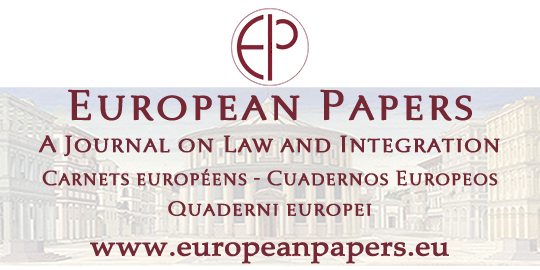III. The 2022 General Court decision in Intel
On remand, in its 2022 judgment in
Intel, the GC annulled the Commission's decision, which according to the court was justified by a single error resulting from the failure to take into consideration, in the initial judgment, Intel’s arguments that challenged the Commission’s AEC analysis, which was applied to test the legality of the loyalty rebates. The GC was clear that the naked restrictions were not subject to the same standard, and they did not require further assessment.
[30] The GC also accepted the characterisation of the rebates at issue as “exclusivity rebates”.
[31]
The main reasoning of the judgment is drawn from the CJEU’s 2017 ruling, according to which the presumption of illegality of fidelity rebates granted by a dominant company stands but that presumption does not allow the Commission to disregard evidence submitted by the dominant company during the administrative procedure, in which case the Commission has the obligation to assess the anticompetitive effects of rebate schemes.
The
ratio of the GC’s judgment was that the presumption of illegality of fidelity rebates can be rebutted if the dominant company provides evidence that its conduct is not capable of anticompetitive distortion of competition. In that case the Commission must analyse the foreclosure effect by reference to the criteria outlined by the CJEU’s 2017 decision, namely: the extent of the dominant position; the conditions and arrangements for granting the rebates; the share of the market covered by the practices and their duration and the possible existence of an exclusionary strategy.
[32] In addition, the AEC test is not an indispensable part of this analysis but because the Commission decided to conduct the test, the GC had to revisit the Commission’s AEC test analysis in accordance with the CJEU’s judgment.
[33]
The GC accepted that the evidence adduced by Intel cast doubt on the correctness of the Commission’s findings of the AEC analysis.[34] In particular, it concluded that the Commission made an error in its application of the AEC test, affecting in particular the calculation of the contestable shares (i.e. the proportion of a customer's demand that could be captured by an as-efficient-competitor) and the value of the conditional rebates. The court found that the evidence relied on by the Commission to conclude that the rebates granted to Dell and HP were capable of having a foreclosure effect throughout the entire infringement period was not established to the requisite legal standard.[35] In addition, the court found that the Commission had not established, to the requisite legal standard, the validity of the conclusion that Intel’s rebates granted to Lenovo were capable of having or likely to have anticompetitive foreclosure effects on account of errors made by the Commission in the assessment of the non-cash advantages offered by Intel to Lenovo. According to the court, this ultimately affected all the component parts of the examination of the rebates granted to that OEM.[36]
Similarly, as regards the rebates granted to NEC, the GC found that the Commission ”made two errors of assessment, first, by using an exaggerated value for the conditional rebates and, second, by extrapolating the results which it obtained for the fourth quarter of 2002 to the entire period of the alleged infringement.”
[37] Next, the court accepted that the Commission’s AEC analysis for the rebates granted to MSH was validated by an error, given that the Commission extrapolated the results obtained for the fourth quarter of 2002 for the whole of the alleged infringement period.
[38]
Finally, the GC concluded that the Commission had failed to properly evaluate two out of the five criteria that should be assessed in order to establish a foreclosure capability as set out in para. 139 of the CJEU judgment, namely the share of market covered and the duration of the rebate schemes.
[39]
The Commission has decided to appeal the GC judgment. It will therefore be interesting to see what happens next.
[40]



 )
)
